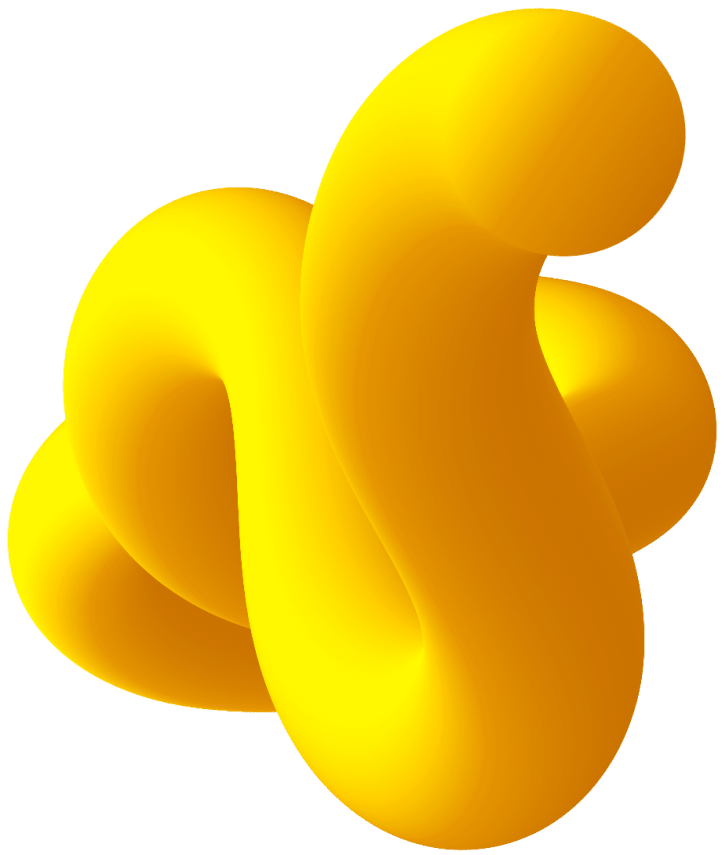Установление соответствия
Установите соответствие между заголовками 1–8 и текстами A–G. Занесите свои ответы в таблицу. Используйте каждую цифру только один раз. В задании один заголовок лишний.
| A. | Water is the most important resource for mankind. It is a condition for all life on our planet, a factor for any social and technological development, a possible source of welfare or misery, cooperation or conflict. 97 percent of it is undrinkable because it’s saltwater. Only 3 percent of the world’s water supply is fresh water, and 77 percent of that is frozen. Of the 23 percent that is not frozen, only a half a percent is available to supply everyone with all the water they need to survive.
| 1. | Physical characteristics |
| B. | Natural disasters like earthquakes, tornados, hurricanes and other types of incidents can disrupt drinking water and wastewater systems. Water consumers, water and wastewater utilities, and private well and septic owners should be informed on what to do in emergency. It is important to be prepared because drinking water and wastewater disruptions can directly threaten your health, the health of your family, and the health of your community.
| 2. | Personal measure |
| C. | Water security is about fighting poverty and hunger, and protecting the environment. It is about saving children from disease. It is about allowing girls to go to school instead of walking kilometers to fetch water. It is about providing women and men with access to sanitation, wherever they live. Fundamentally, it is about peace. When we talk about water security, we are really talking about human rights, human dignity, and the development of all societies.
| 3. | Ways of using |
| D. | Water is the only substance that occurs naturally as a solid (ice), a liquid and a gas (water vapor). It covers about 70 percent of the Earth for approximately 1,386 million cubic kilometers. In its purest form, it’s odorless, nearly colorless and tasteless. Water molecules are naturally attracted and stick to each other like magnets. This is the reason behind many of water’s special properties, such as the fact that it’s denser in its liquid state than in its solid state (ice floats on water).
| 4. | More than survival |
| E. | You use water to clean yourself, your clothes, your dishes, your car and everything else around you. You can travel on it or jump in it to cool off on hot summer days. Many of the products that you use every day contain water or were manufactured using it. It seems pretty simple, and yet there are a lot of things about it that scientists still don’t fully understand.
| 5. | Water-related diseases |
| F. | Every day you lose water. For your body to function properly, you must replenish its water supply. So how much fluid does the average, healthy adult living in a temperate climate need? The Institute of Medicine determined that an adequate intake for men is roughly
| 6. | Worrying statistics |
| G. | Around 1.1 billion people globally do not have access to clean water supply sources whereas 2.4 billion people do not have bathrooms with running water. About 2 million people die every year due to water-related diseases, most of them are children less than 5 years of age. The most affected are people in developing countries, living in extreme conditions of poverty.
| 7. | Hard to get |
| 8. | Natural threats |




